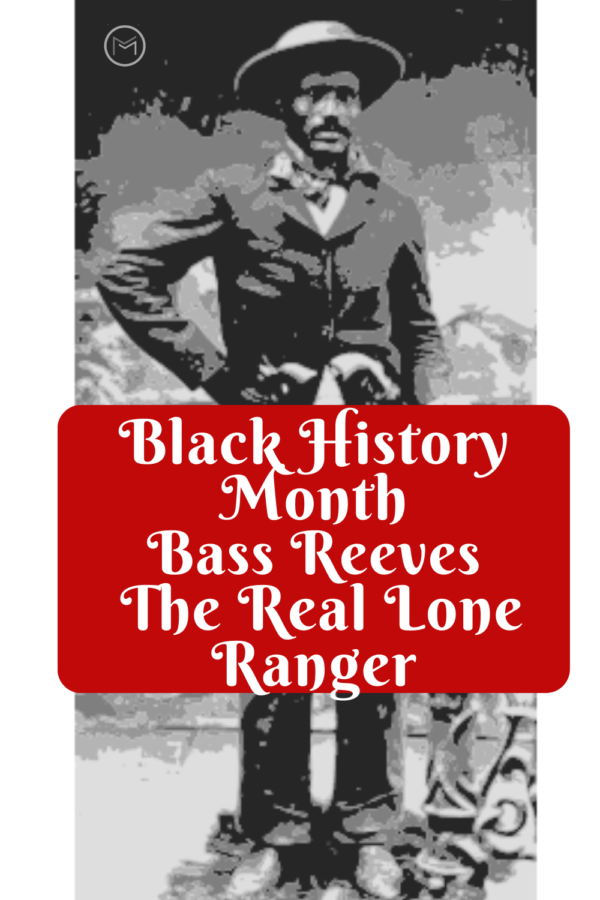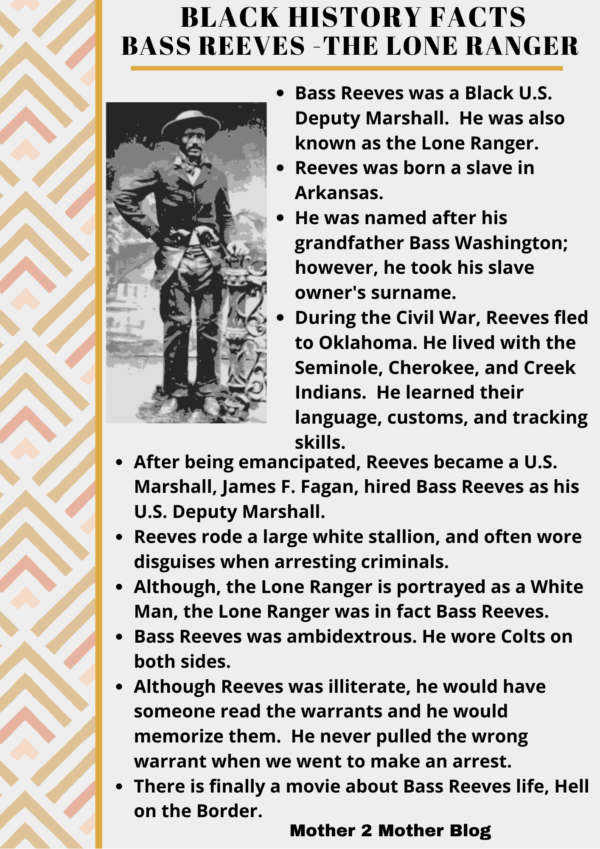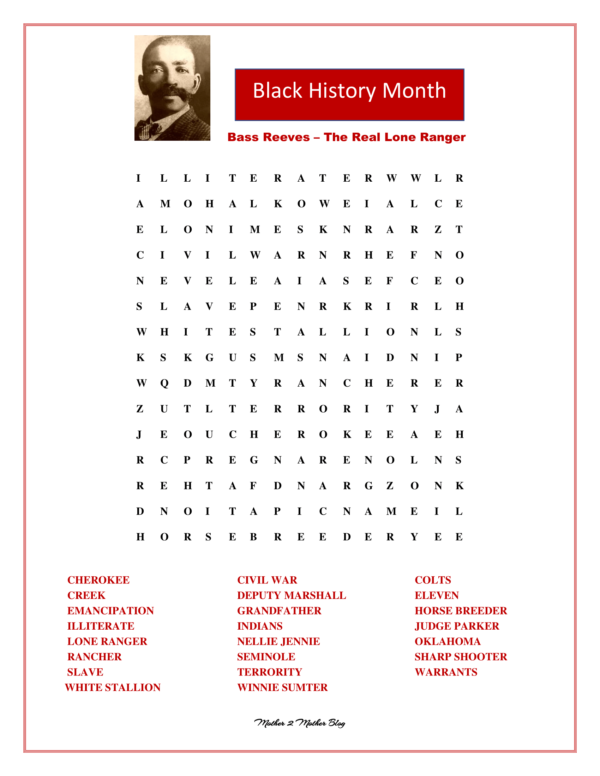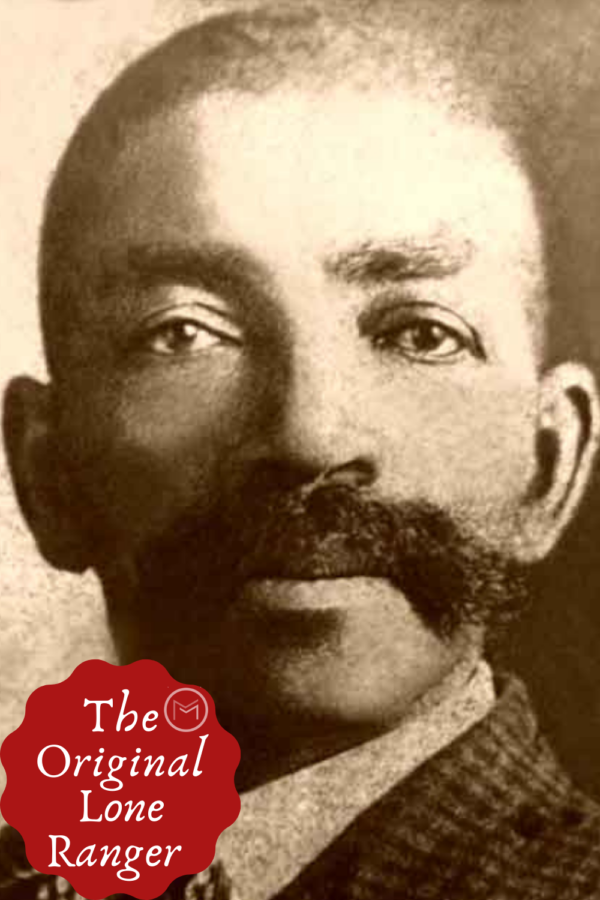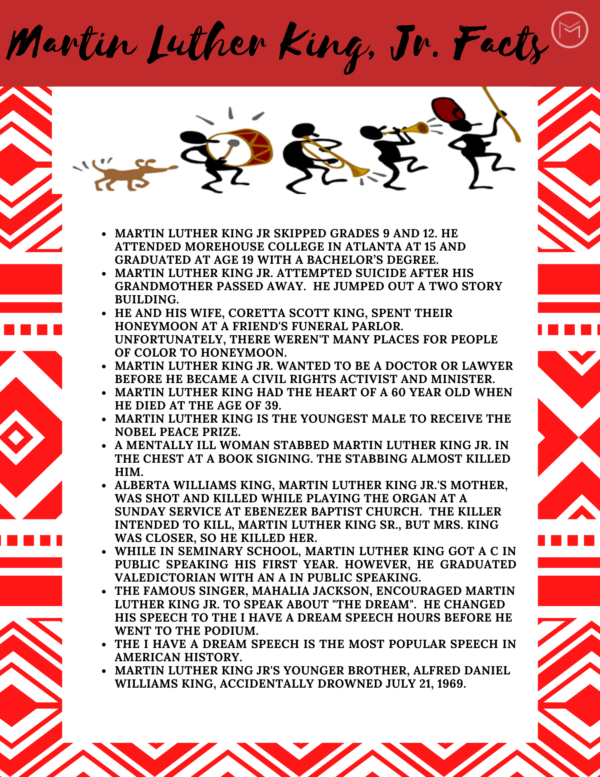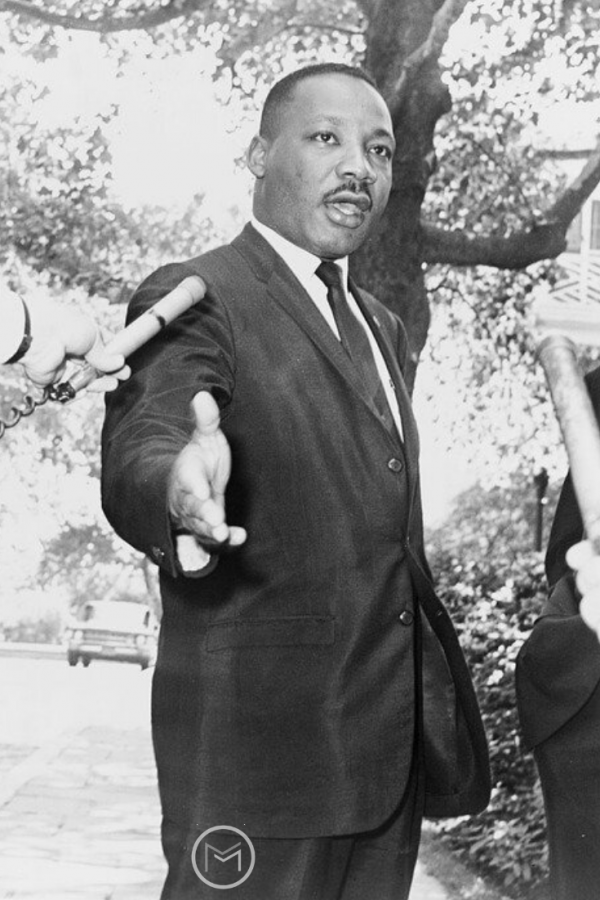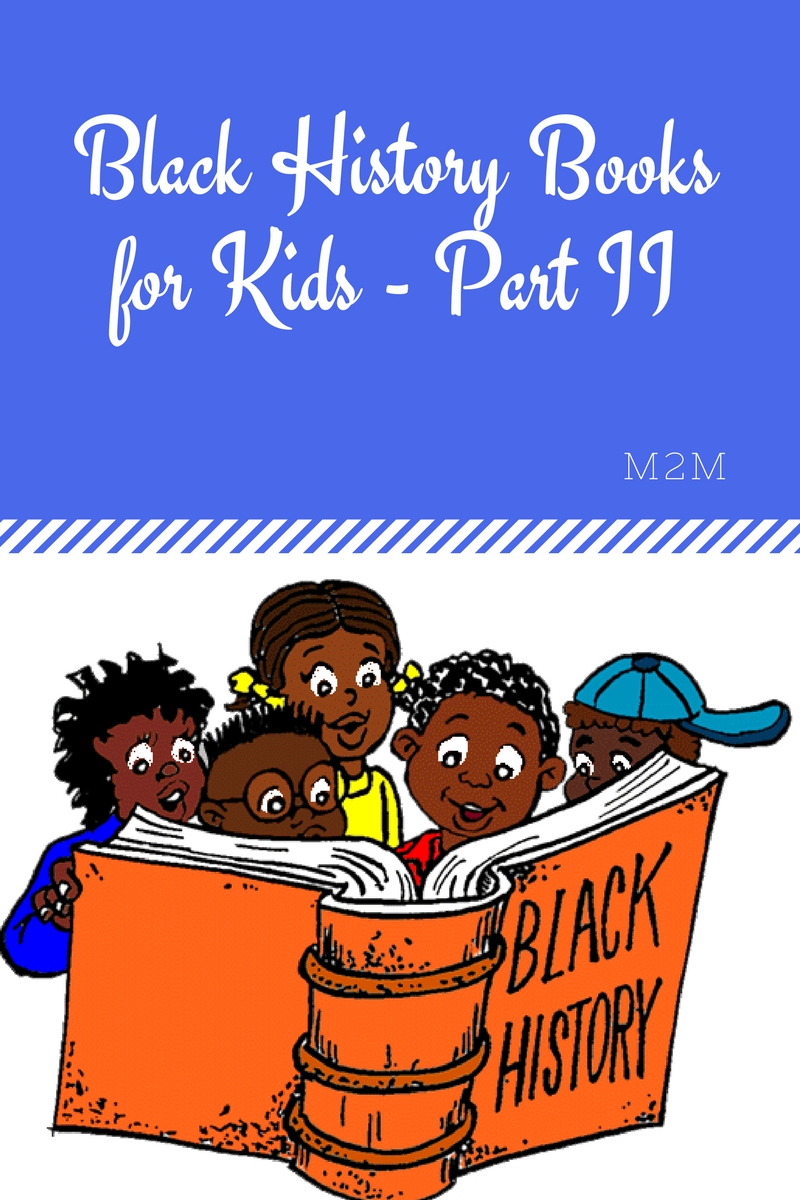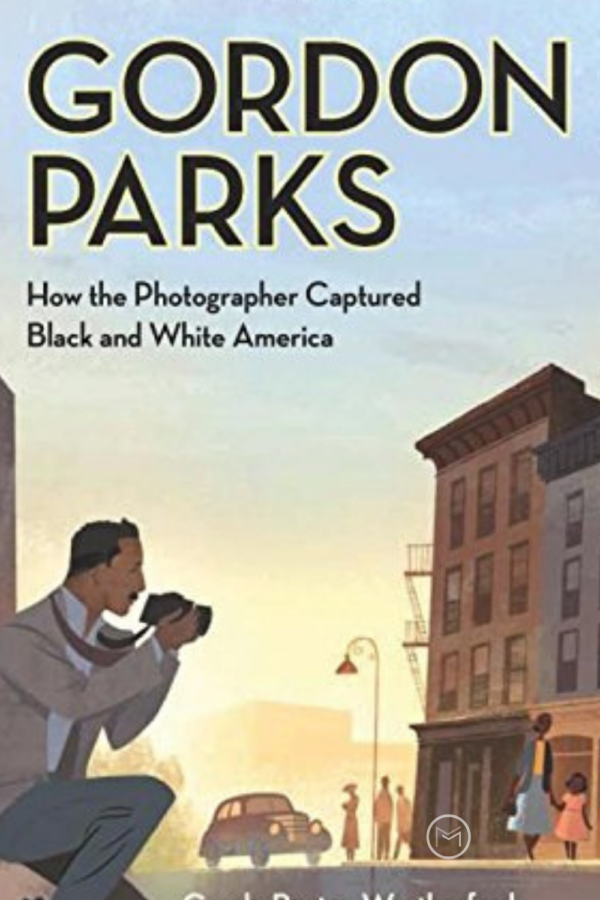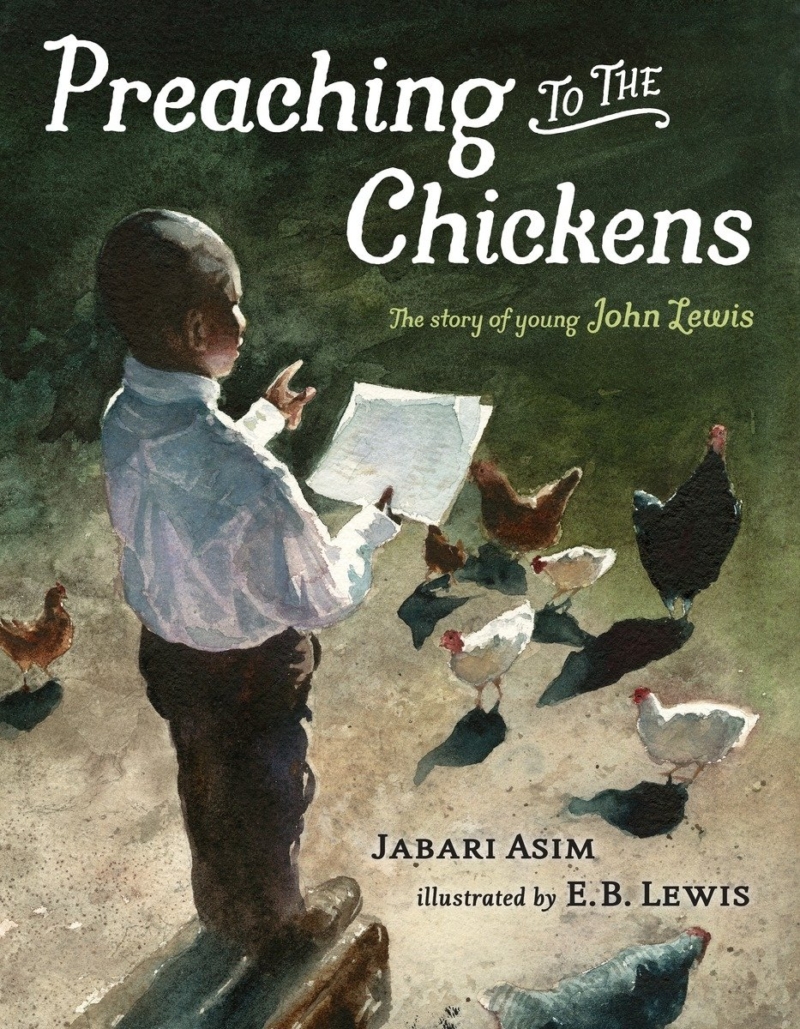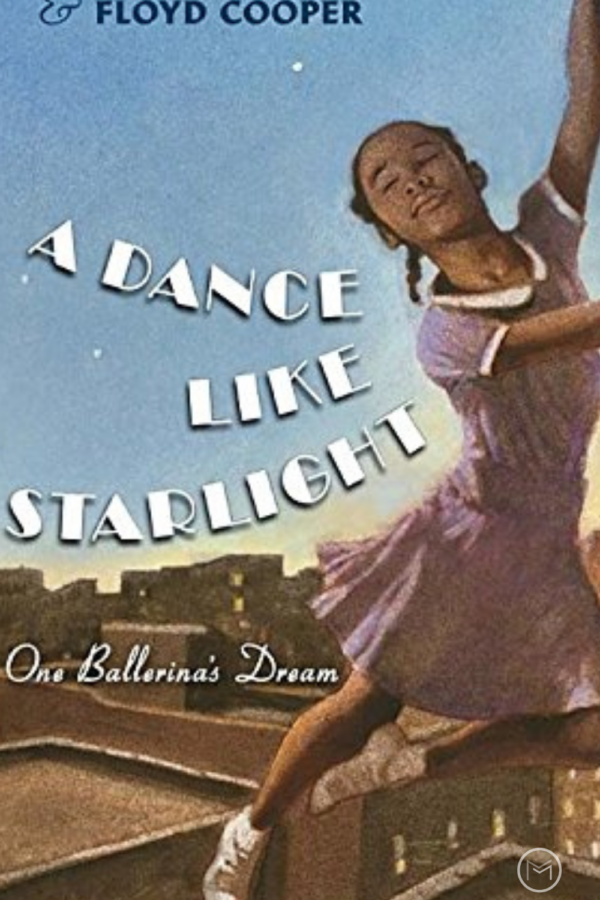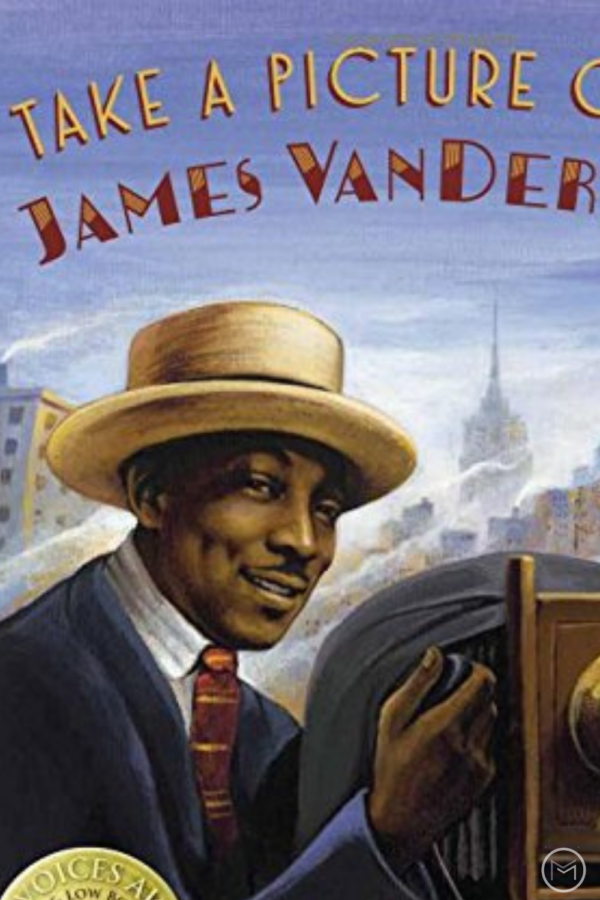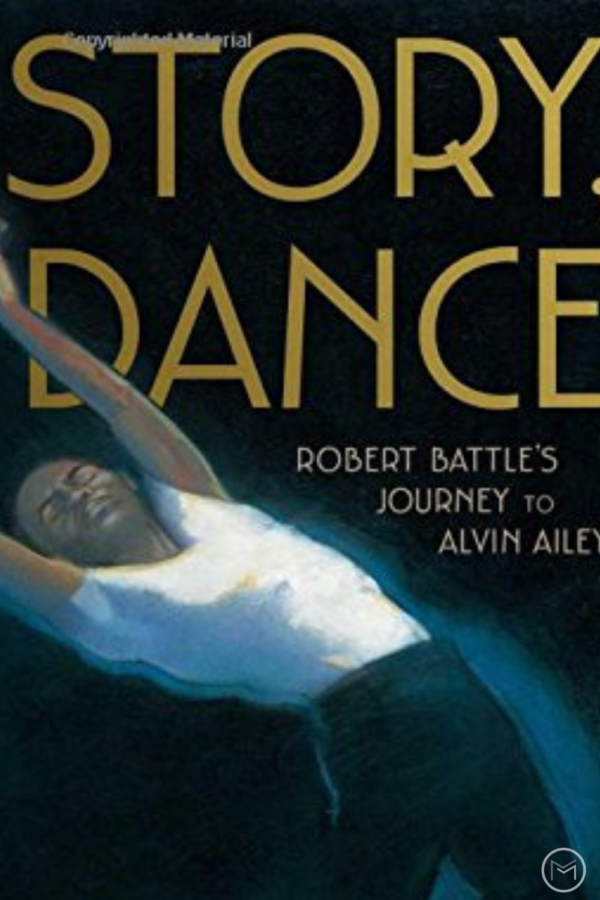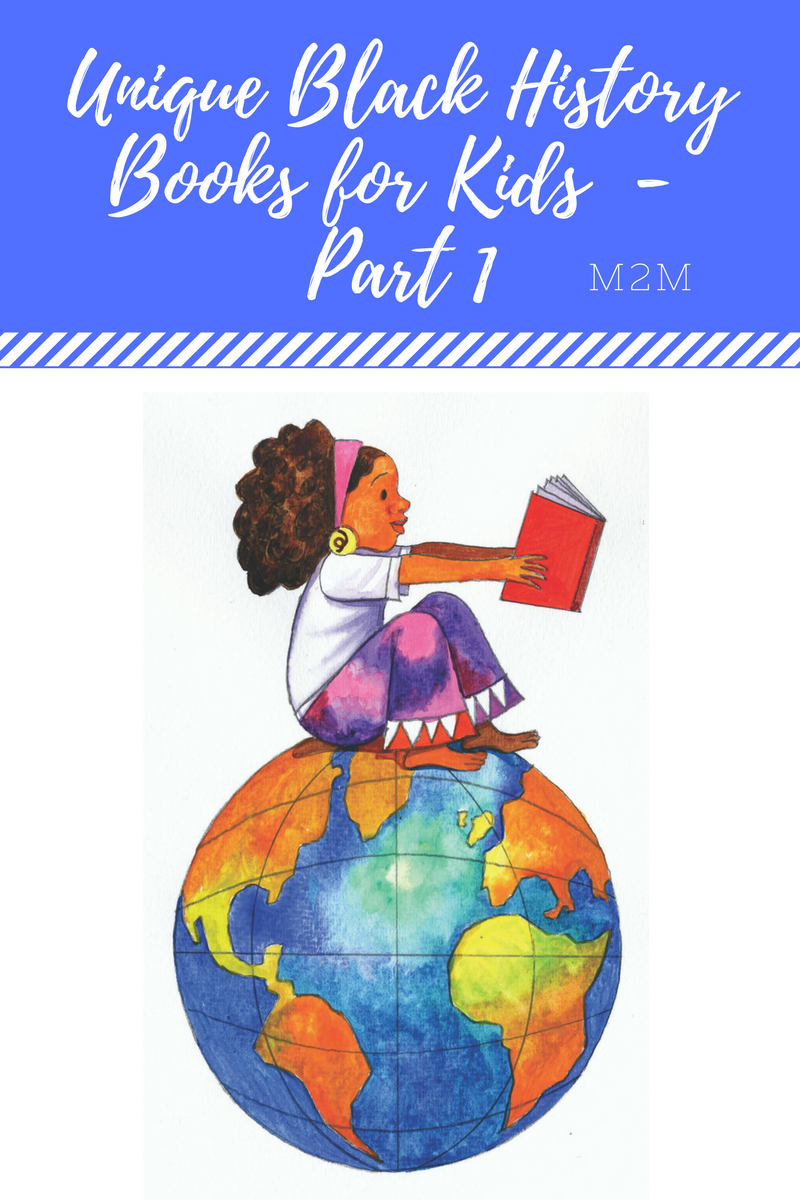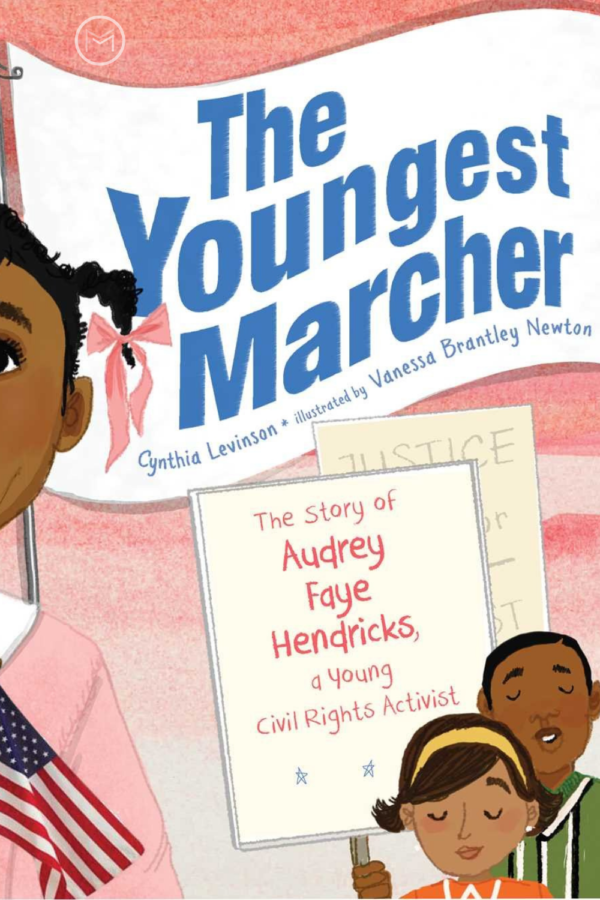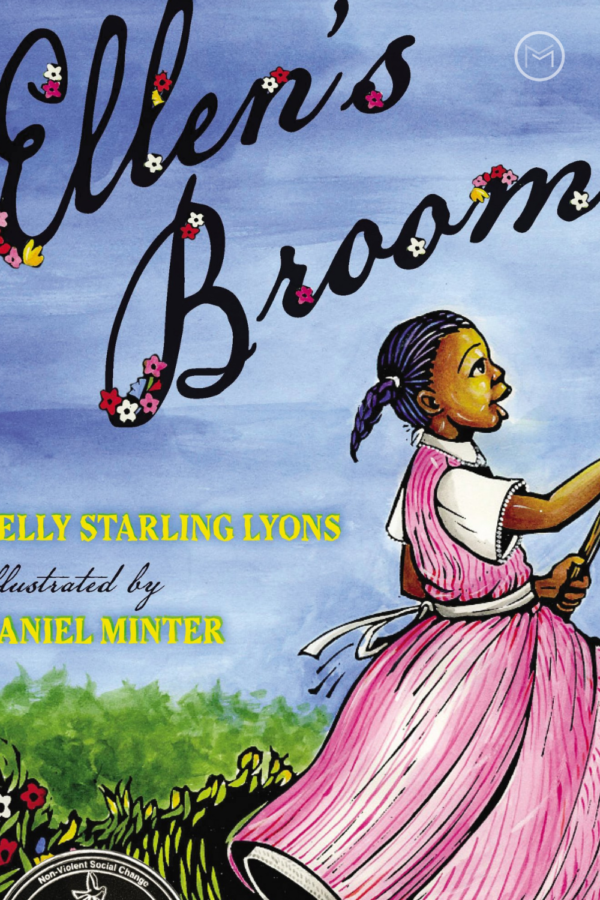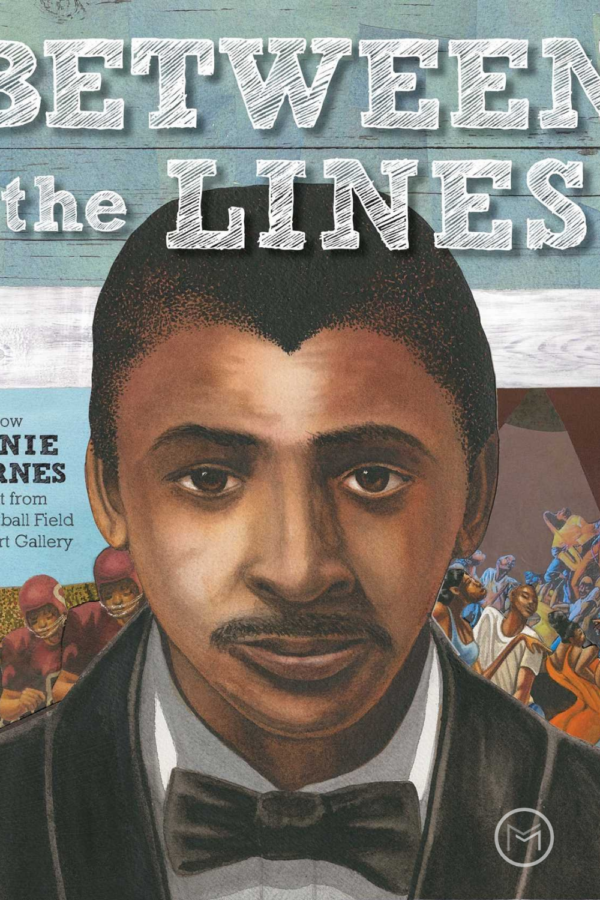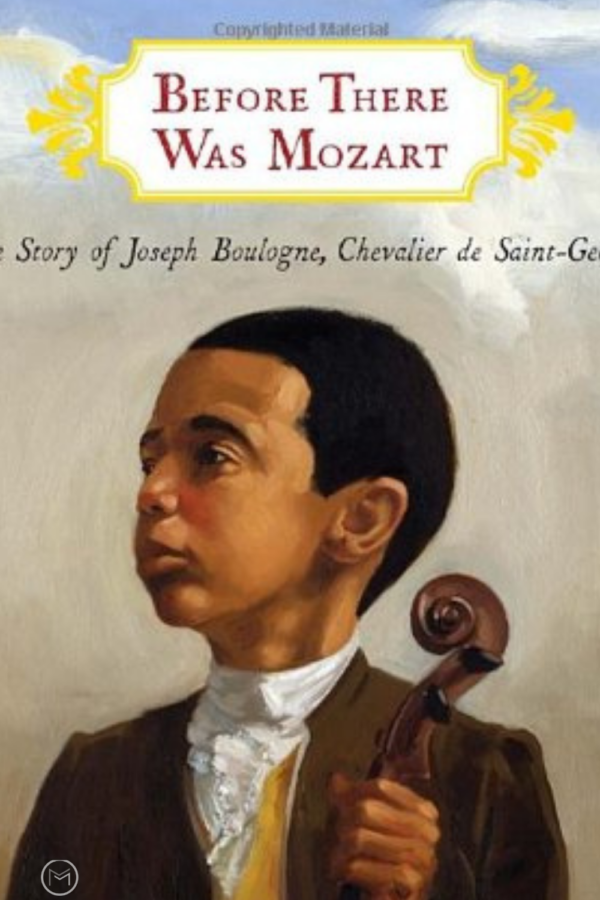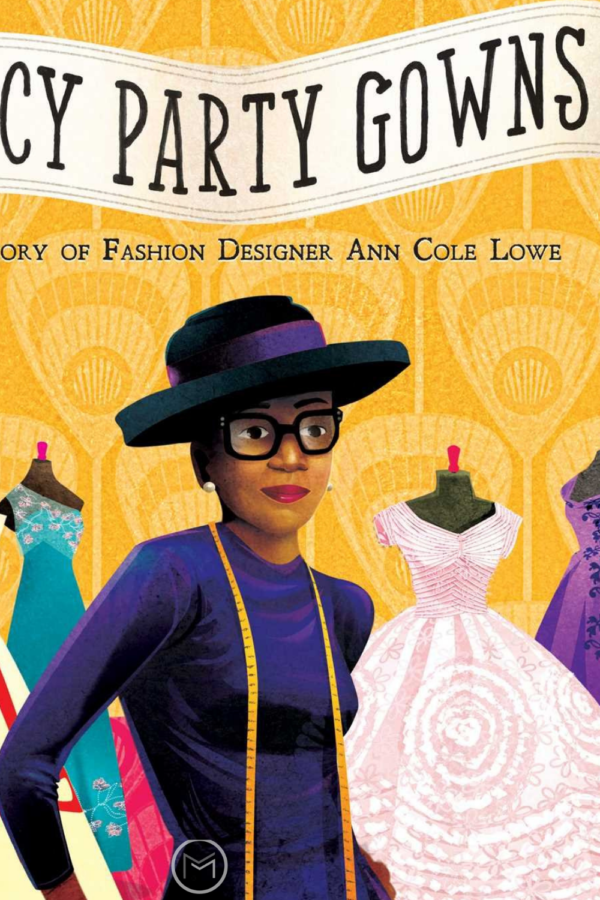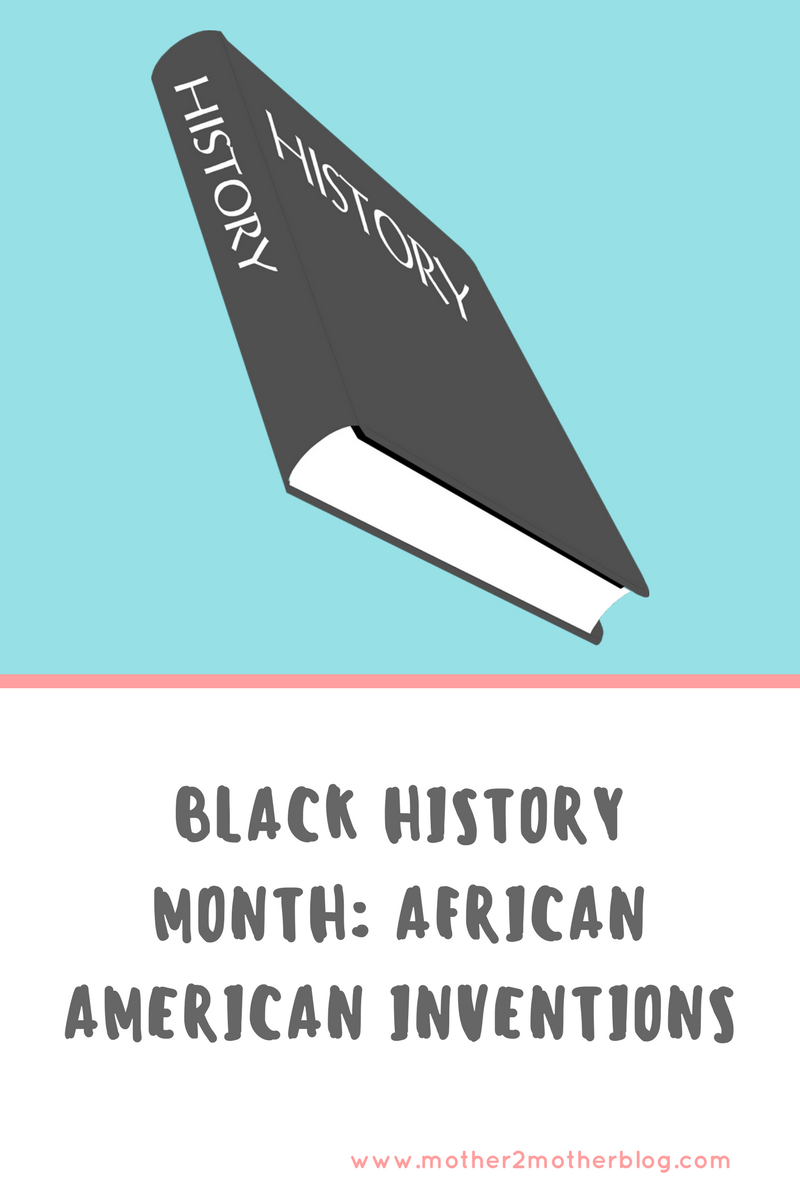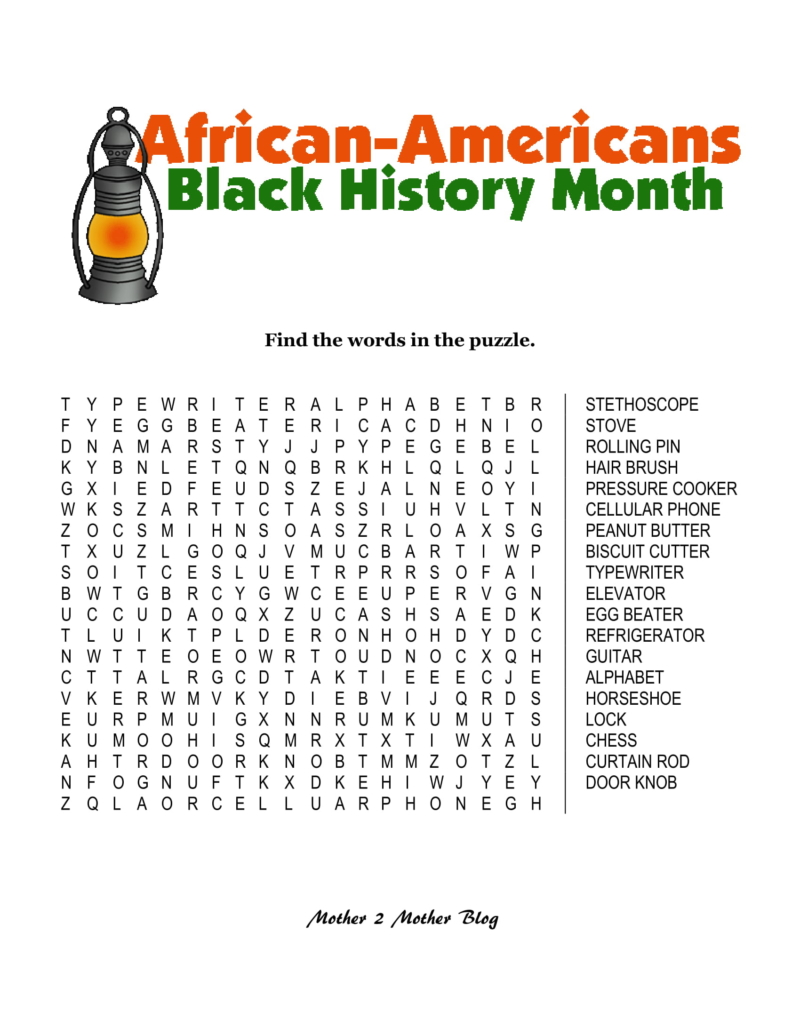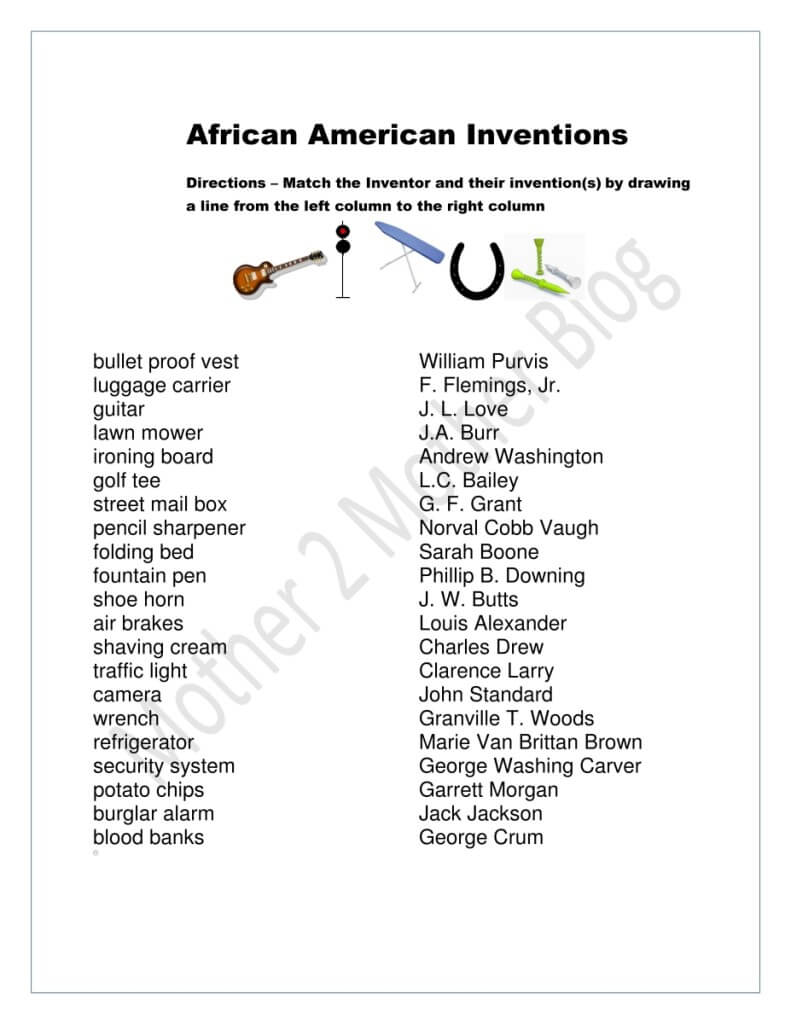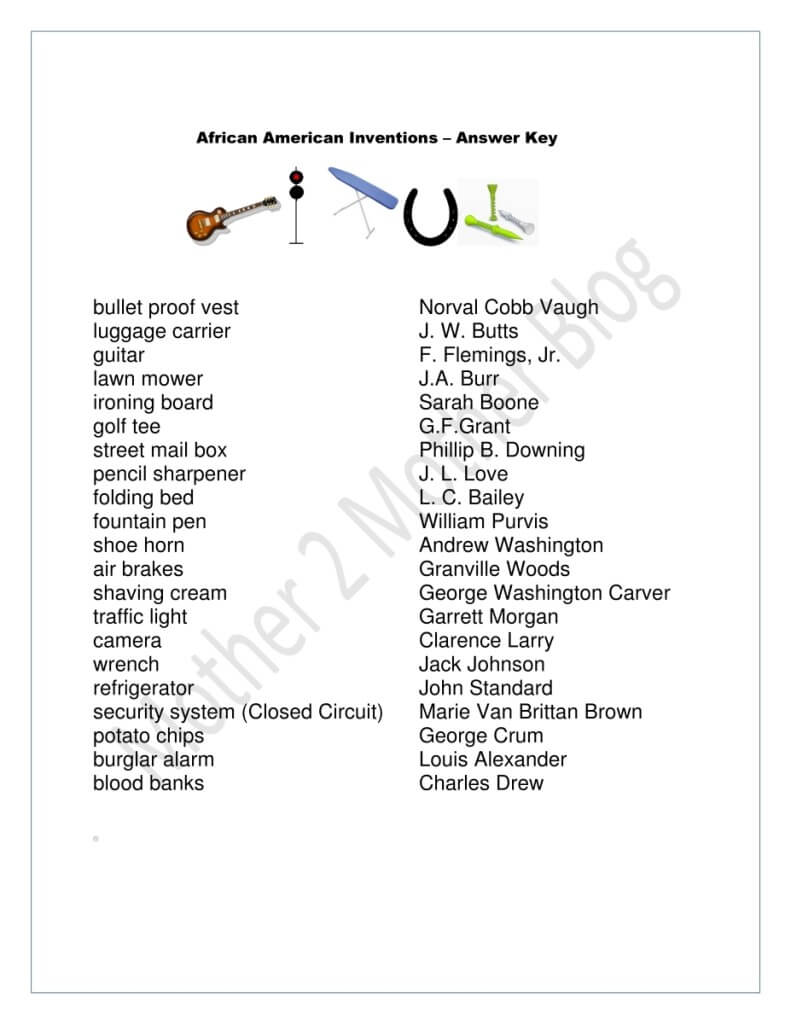Today, I’m sharing parenting tips on the history of chicken and waffles. This post contains Black History Month educational facts for kids. Historians researched this dish, and it first appeared on the menu of the Wells Supper Club in Harlem in 1938. Many people believed that chicken and waffles originated in the South, but no it was New York.
So, the Wells Supper Club was a popular late night stop for jazz musicians. Patrons found that it was too late to order dinner, but too early for breakfast from the menu. Fried chicken on a waffle was an acceptable dish for hungry musicians and other patrons. So it became a hit.
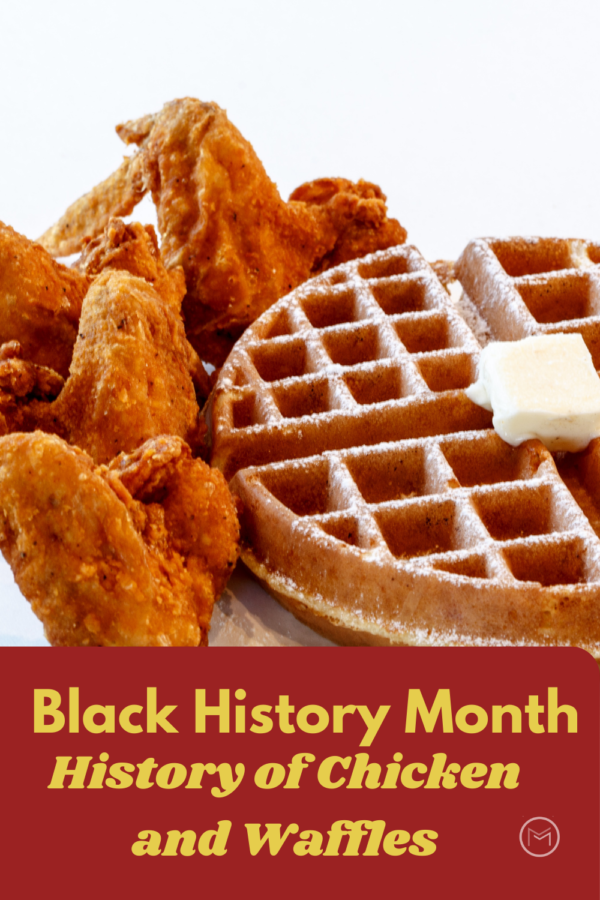
History of Chicken and Waffles:
People have asked what makes chicken and waffles so appealing? The perfectly seasoned chicken over a crispy waffle is the appeal. Topping it with lots of sweet syrup is a bonus. You can’t beat the salty chicken, crispy waffle and sweet syrup combination.
- Fried chicken was only served to wealthy Whites. Prior to the Civil War, chicken and waffles were extravagant breakfast staples in plantation houses cooked by slaves.
- Slaves could not eat any of the dishes created for White families.
- West African slaves were experts in seasoning food. They introduced southern whites to spices and the technique of using seasoning and batter on food.
- Palm oil was used to fry battered, seasoned chicken.
- When fat was rendered into lard, it became the oil for frying chicken.
- Chicken became a popular dish in Black homes after the emancipation of slaves. Freed slaves could raise their own chickens. They were cheap to feed, and had lots of meat on their bones.
- Black women sold fried chicken, pies and biscuits to make money for their families once they were emancipated.
- Once Black women became entrepreneurs, fried chicken became associated with Black people and poverty. Even though wealthy White people devoured fried chicken that slaves fixed in their kitchens for years, but they created the stereotype of Black people and fried chicken to make them feel inferior.
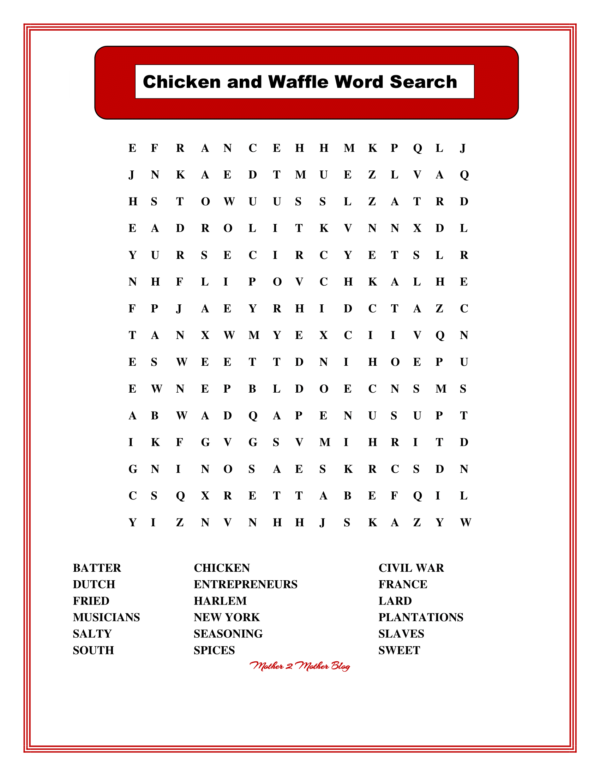
- The Dutch introduced waffles to America. However, Thomas Jefferson made waffles popular in upper class homes and plantations. He purchased a waffle iron in France, and brought it back to the United States.
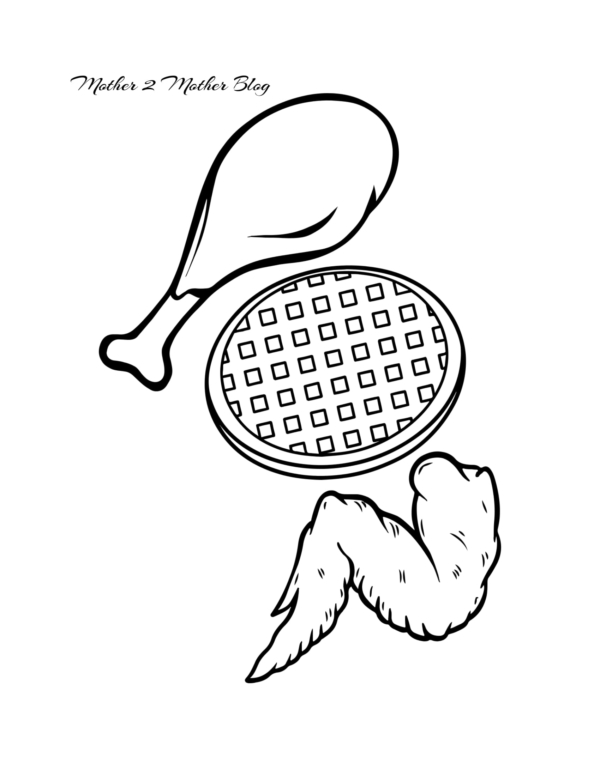
However, The Wells Supper Club combined the two and they served their famous chicken and waffles for 50 years. Sadly, the club closed in 1982. But, if you’re ever in the Los Angles area, stop by Roscoe’s House of Chicken and Waffles. President Obama stopped by in 2011, he ordered the Country Boy, 3 wings and waffles.
I encourage you to whip up a batch at home. I use my Belgian waffle iron when I dish up chicken and waffles, I like the thickness. However, regular waffle irons will work to. Wings are my favorites with waffles, but chicken legs and thighs work too. Some people even use skinless, boneless chicken breasts. Whatever you do, drizzle lots of syrup over the dish. The salty and sweet combination will explode in your mouth.
You can download the Black History Month kids printables here. You may also like my Black History Facts on the Lone Ranger. Also, you may like Roscoe’s House of Chicken and Waffles.
